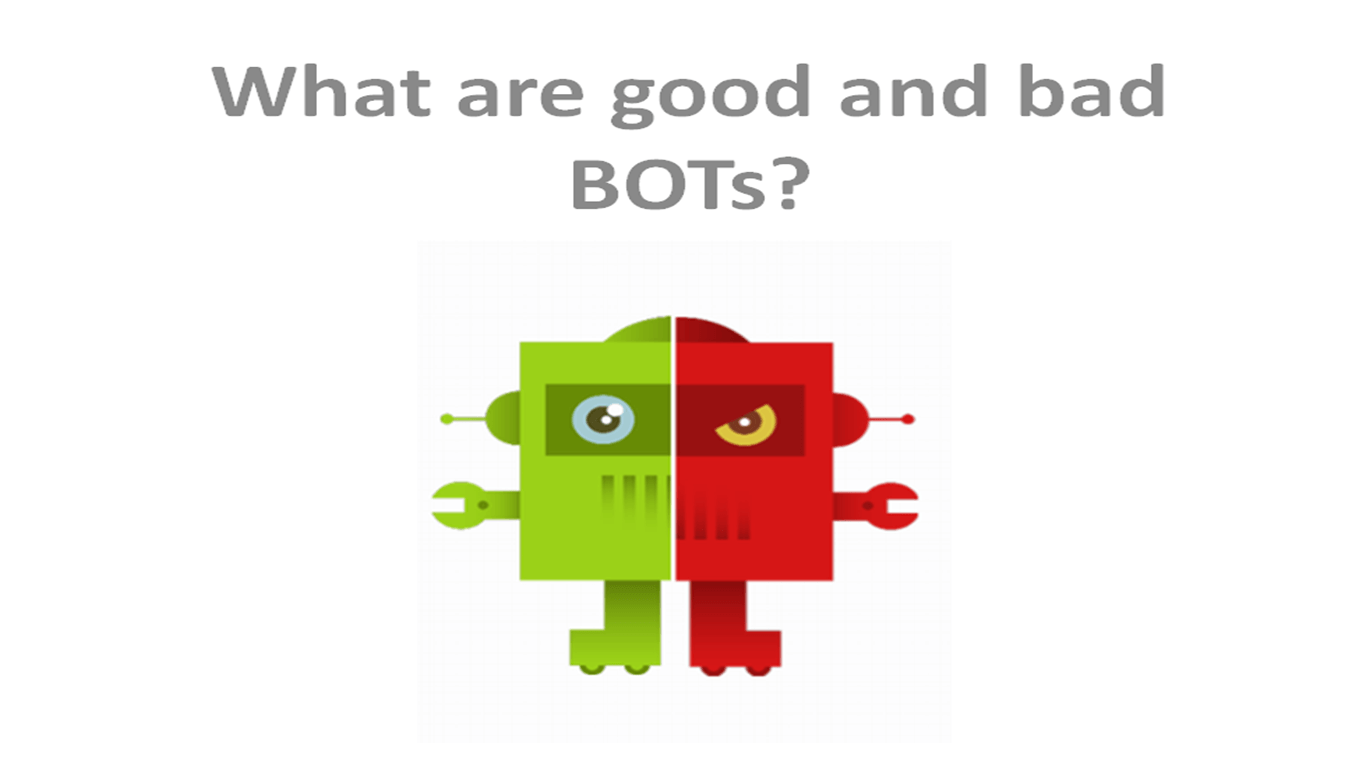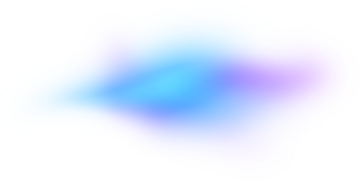What are good and bad BOTs?

source: own elaboration
BOT, also known as an internet robot, is an application or software that runs automatic scripts during Internet activities. BOTs were created to facilitate human work - to perform simple, repeatable tasks much faster than a human. Thanks to this, people could focus on more complicated activities. Currently most of the internet traffic is generated by internet robots, and only some of them are good BOTs ...
BOT applications and software can be divided into three categories: Good BOTs, which were created to improve human work, Bad BOTs used for illegal practices, and gray BOTs, which are difficult to clearly assign to the other two categories. What types of BOTs can we distinguish in each of these groups?
Good BOTs
Collecting information is one of the typical "good" activities performed by BOTs. These are so-called indexing robots, also known as web crawlers, spiders or ants. Their automated script downloads, analyzes and archives data from many online services. Such BOTs allow much faster indexing and cataloging of information and are commonly used by large databases, search engines etc.
Other very useful BOTs are those used for communication - like chatbots or chatterbots. The task of these programs is to chat with Internet users by recognizing and imitating natural language. They are mainly used in messengers and other internet interfaces. In the first six months since they were allowed to be used in the Messenger app, as many as 30,000 were created, and 100,000 - by September 2017. They are also often used by companies to improve communication with clients. In such enterprises, consultants have been replaced by automatic chatbots that provide consumers with answers to simple questions. As a result, a company can significantly reduce its costs, and research shows that they are often much more effective than people. An example of very complex chatbots are also automated intelligent assistants such as Google Assistant and Siri.
Gray BOTs
Sometimes, it is not easy to classify BOT as good or bad. The use of BOTs in e-commerce sometimes raises controversies. Special programs search various auction sites and online store websites to find the best deals and then create a list of the best available offers on another site. The user often prefers to see the comparison posted on such a website than to click through thousands of subpages on the main website. This leads to the fact that given Internet service loses its users. There was a lot of talk about the case of the eBay auction site - which did not want its offers to reach comparable websites using similar solutions.
Offers placed in internet applications such as the Apple App Store or Google Play are often associated with BOT farms, which help them manipulate positions occupied on the list or gain positive grades and reviews.
BOTs are also used in social networks. They are supposed to imitate human behavior and thus conquer statistics of individual persons and services. These BOTs are also used to increase the number of views of videos on YouTube and other sites.
Although the above-mentioned examples of "gray BOTs" can certainly not be classified as useful, the harmfulness of their act is relatively small, and their actions are not clearly unlawful, although they often violate the regulations of specific websites. It is different in the case of the last BOT group.
Bad BOTs
From various BOTs that you can come across on the internet every day, the worst are the bad ones, also called malicious ones. Their action usually takes place without the knowledge of the Internet user, and the effects of their activity can be very serious. The most common examples of bad BOTs are:
Spam BOTs, i.e. software flooding the user's inbox with massive amounts of unwanted spam or sending huge amounts of advertising links forcing an Internet user to visit a given page.
Other malicious automated programs were created to obtain more or less detailed personal data from the site administrator or visitors. An example would be BOTs that retrieve email addresses from contact forms and guest books, or logins and passwords from login pages. Often, such data is then used by registration BOTs, which use stolen information to set up fake accounts on other services, often on a massive scale.
Website scrapers, on the other hand, are automatic programs that copy content from websites and then paste it without the author's consent on other pages, often also generated by BOTs.
Especially dangerous for entrepreneurs using affiliate marketing are Fraud BOTs, which were created to inflate reports submitted to advertisers. They are used to increase counts of a given activity such as false clicks, registrations, completed contact forms, etc. As a result, the advertiser must pay the dishonest publisher for traffic counterfeited by BOT. The use of BOTs in affiliate marketing has been researched by comScore, which has analyzed thousands of display campaigns from May 2012 to February 2013. The results showed that as many as 54 percent of the ads were never shown to human.
The most dangerous for the user are the so-called Zombie BOTs, i.e. self-spreading malware that attacks the hardware and connects it to the central server, which is the command center. Such bots can, for example, respond to a specific search term, and then create a file with a similar name and suggest it to an Internet user who, by downloading it, will infect his computer. Thanks to this, the creator of BOT controls a given equipment, and often many of them create a BOT network called a botnet, and can use them to carry out large-scale attacks. According to statistics, as many as 9 out of 10 websites fell victim to this type of attack.
The types of BOTs listed above are only a small part of those actually present on the internet. To protect your private computer - make sure your anti-virus program also includes BOTs. However, if you want to protect your business, use the offer of specialized companies (such as TrafficWatchdog) that recognize BOTs and block access to a given website.

